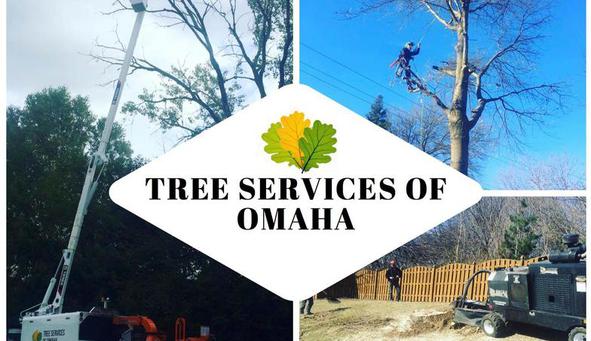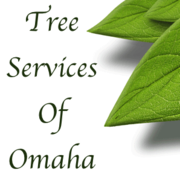Tree Services of Omaha - Omaha, Nebraska
When To Trim/Prune Your Trees
by David Steg on 10/01/14Trimming your trees is really predicted heavily on why you prune. Lightly trimming and the removal of dead limbs can be done any time of year. Under other conditions, here are a few guidelines, but pinpointing that individual tree species may differ is very important to remember.
Pruning while your trees are dormant is the most accepted practice. This outcome results in a vital spurt of new growth in the spring and should be used if that is the ultimate goal. It is normally recommended on waiting until the coldest part of winter has passed. A few tree species, such as maple, walnuts and birches, may “bleed”—when the sap begins to flow. This isn't detrimental and will stop when the tree buds/leafs out.
Summer Pruning
To drive the growth by reducing the branches you don’t want; or to cut-back “dwarf” the maturity of a tree or branch, trimming should be done soon after seasonal growth has ended. The reason for the decelerating effect is that you cut-back the total leaf surface area, thereby decelerating the amount of nutrients assembled and delivered to the tree's roots. Another instance to trim during the summer is for corrective reasons. Defective limbs can be aesthetically seen, or limbs that droop down too far under the weight of the leaves.
Pruning Flowering Trees to Enhance Flowering
If your reasons for trimming is to promote flowering:
- For trees that bloom in spring, trim when their flowers fade.
- Shrubs and trees that flower in mid to late summer are recommended to be trimmed during winter or early spring.
When Not To Prune: Fall
Due to decay fungi growing out their spores heavily during the fall and compartmentalizing of wounds tends to be slower on fall on cuts, this is a good time to leave your trimming tools in storage.



